He directed more than 45 films and acted in over 300 films, so it’s not an exaggeration to say that Wu was indeed the hardest-working man in Hong Kong show business!
What does his stage name mean?
He changed his name to Wu Ma because he was born in the year of the Horse, and Ma is Chinese for horse.
The Chinese character for Wu only has four strokes, which meant that his name would appear much earlier in the credits than if he used his real name, and it was also short enough for audiences to remember easily.
How the first two Ip Man films made Donnie Yen a superstar
How the first two Ip Man films made Donnie Yen a superstar
How did he transition from acting to directing?
He stumbled into directing when he was offered an unexpected trip to Japan to work as assistant director on Golden Swallow, whose original assistant director was unable to clear his visa in time. After this experience, he decided to become a director.
Wu Ma directed the classic martial arts film The Deaf and Mute Heroine as early as 1971.
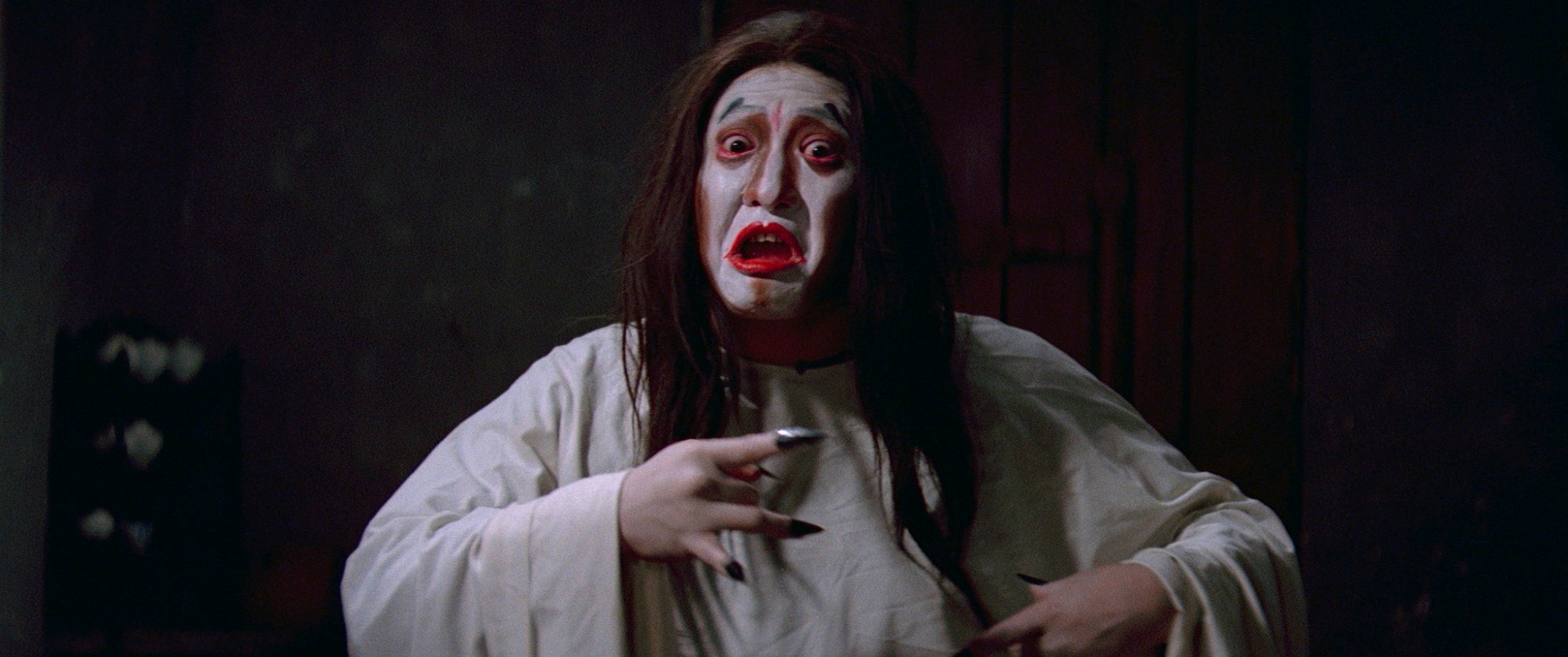
He later forged strong working relationships with Sammo Hung and Tsui Hark.
Wu Ma’s association with Sammo Hung went back quite a way, starting with 1974’s The Manchu Boxer in which Wu served as action choreographer.
This was the beginning of a great working partnership between the two, which would eventually lead to Wu Ma appearing in many of Sammo’s films. Hung also often produced the films Wu directed.
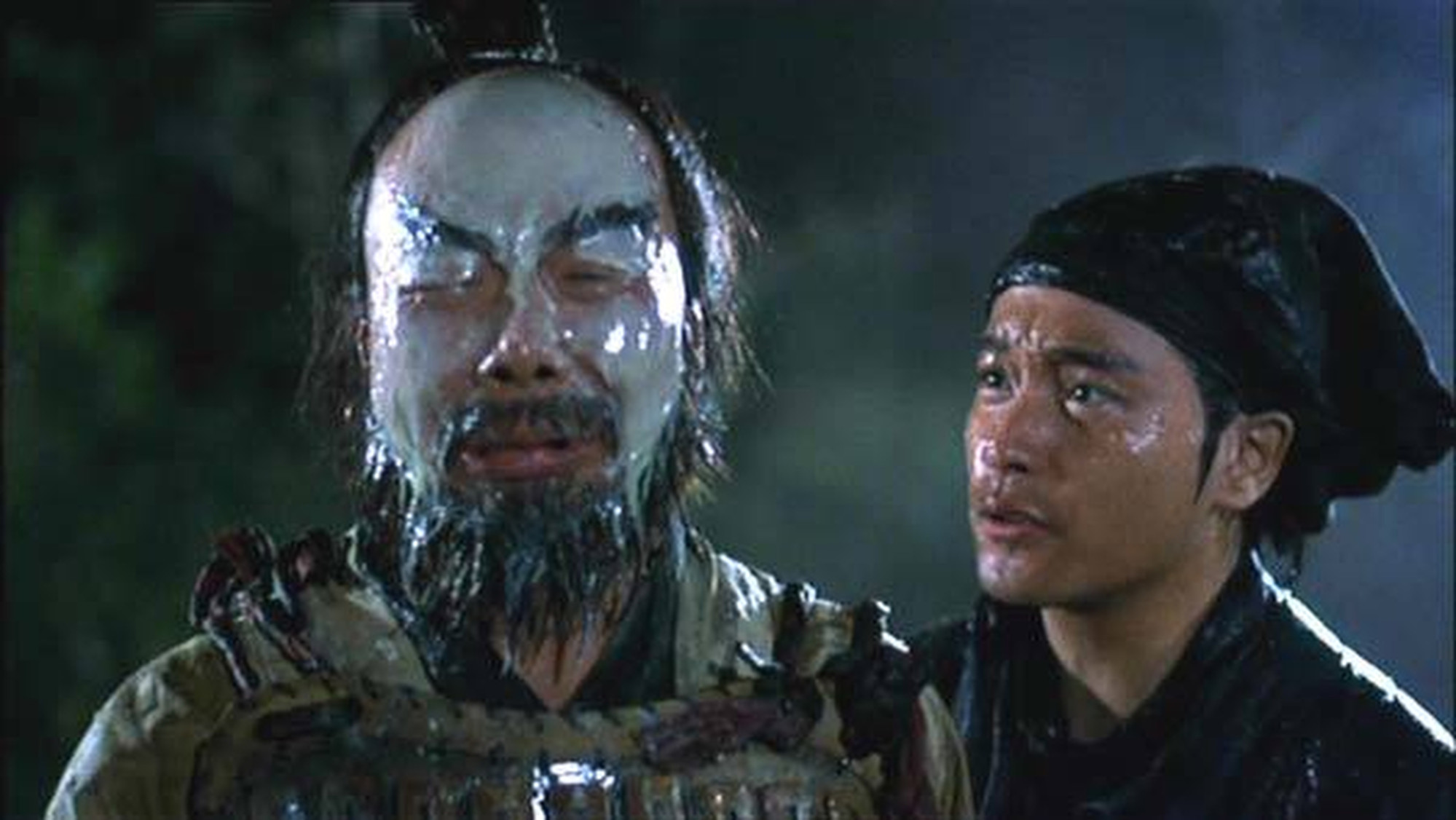
Wu’s The Dead and the Deadly might not be the most sophisticated film, but it’s bursting with energy. Was that emblematic of the Hong Kong film industry at that time?
Furthermore, hardly anyone in the West got to see The Dead and the Deadly, because it never received a proper video release outside Hong Kong. There was no home video release of the film in the UK until Eureka released a remastered version on Blu-ray in 2022.
How Sammo Hung found the magic formula for Hong Kong ghost films
How Sammo Hung found the magic formula for Hong Kong ghost films
It’s not a sequel to Encounter of the Spooky Kind as it has totally different characters, but it’s definitely set in the same “universe”. Both films are set in the Qing dynasty and they have similar plots.
The Dead and the Deadly is more of a revenge tale since Wu Ma’s character dies and has to seek the help of Sammo’s character to exact revenge. The Chinese titles for both films were also similar: Ghosts Beat Ghosts for Encounter of the Spooky Kind and Humans Scare Humans for The Dead and the Deadly.
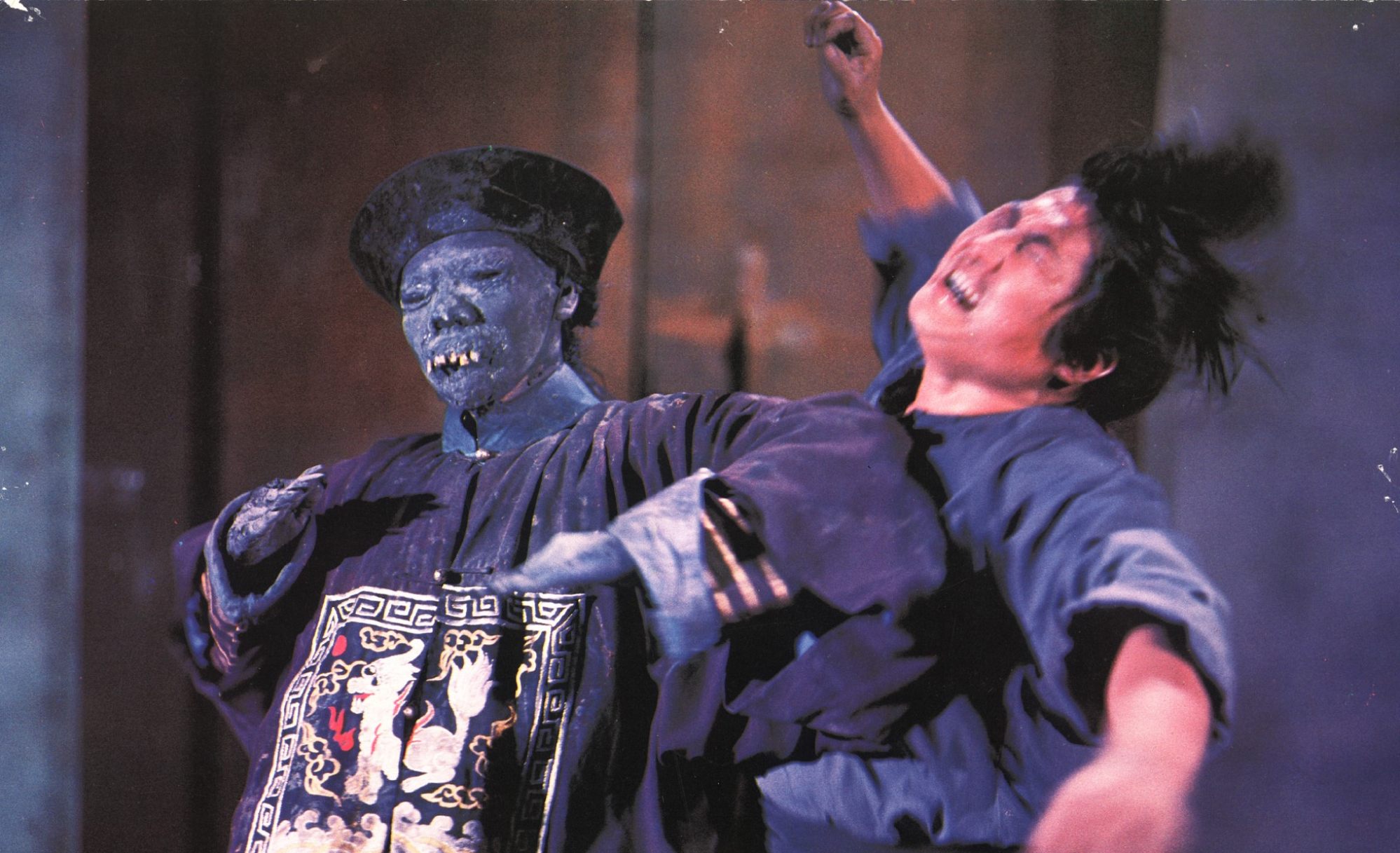
There is a lot of Chinese folklore in these films.
Some of the Chinese folklore elements are real, such as when those who live under certain zodiac signs turn their backs on the coffin when it’s raised from the ground in Mr Vampire – it’s considered bad luck for them to see it.
Also there’s a belief among Asians that there are ghosts in the afterlife, that their spirits linger in the mortal world, and that they will take revenge on those who have wronged them.
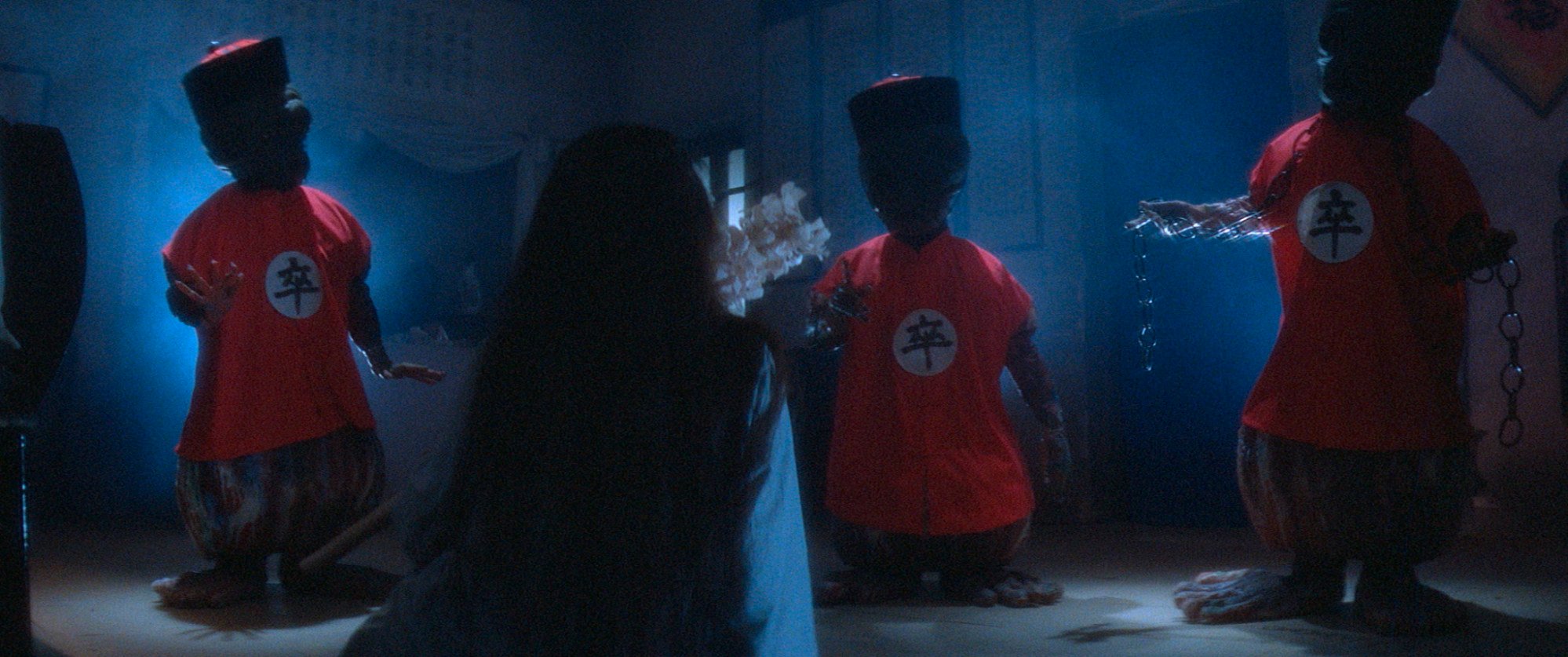
Was some of the folklore made up?
Yes, most of the practices in these films were made up, including the voodoo rituals in Encounter of the Spooky Kind. But even these imaginary elements were based on genuine folklore related to the Chinese belief that ghosts, and especially jiangshi, the Chinese version of the vampire, exist.
Things like using sticky rice to repel vampires in Mr Vampire, or having Wu Ma’s soul taking over Hung’s body in The Dead and the Deadly, were derived from folklore.
How Sammo Hung changed Hong Kong martial arts filmmaking
How Sammo Hung changed Hong Kong martial arts filmmaking
So Chinese audiences ate them up, even though most of them were concocted by Hung and screenwriters like the late Barry Wong. Although they were made up, they were in line with folk tales that Chinese viewers were familiar with.
The martial arts don’t really start until about an hour into The Dead and the Deadly, and when they do, they are very acrobatic.
The film’s action credits certainly look great on paper, with contributions by Sammo Hung, his stunt team, Yuen Biao, Lam Ching-ying and Billy Chan Wui-ngai. But martial arts fans might be disappointed that there are really just two proper action sequences, with the first one not arriving until almost an hour into the film.
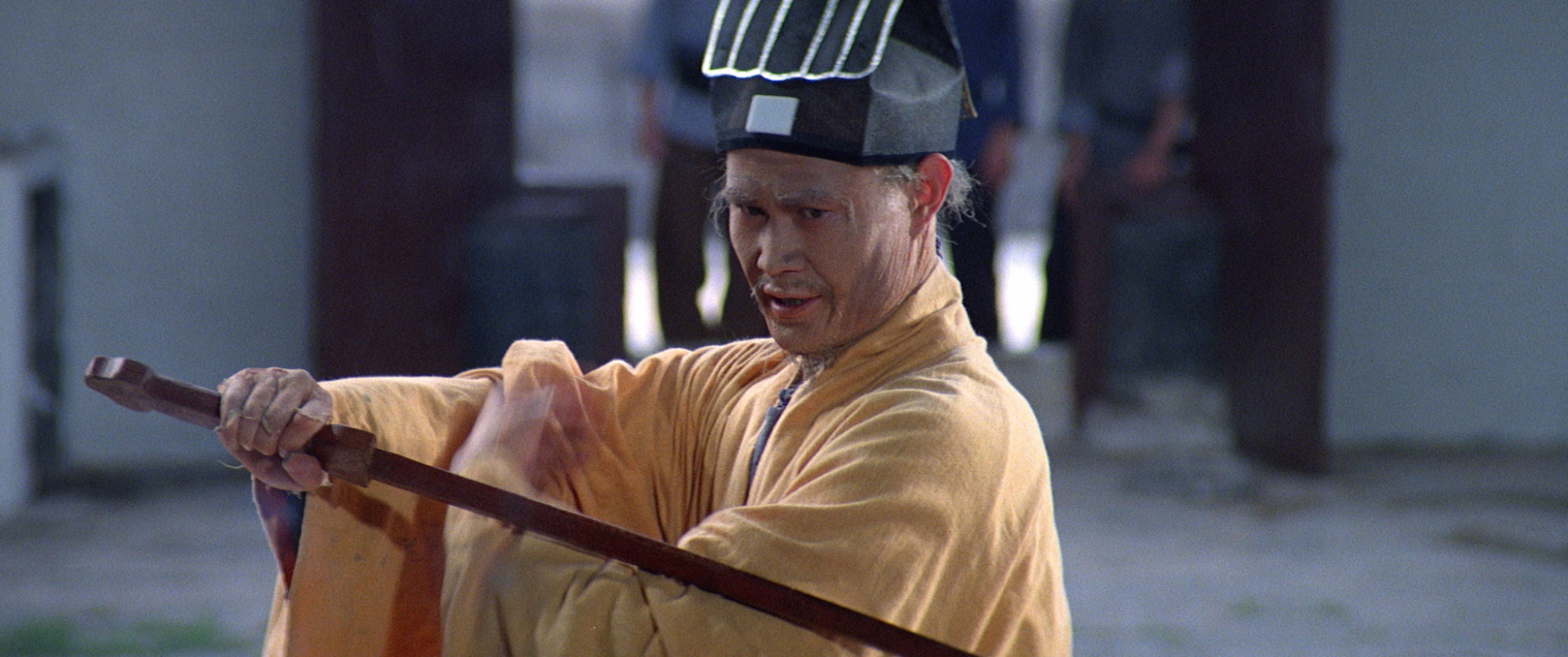
Both action sequences are well executed and very Northern in style, full of the acrobatic moves that you find in Peking Opera. It’s as if Hung was deliberately using this style to complement the more “theatrical” look of the film.
The second fight is well loved by martial arts fans.
The second fight that begins with the “soul shifting” sequence, where the ghost of Wu Ma’s character “borrows” the body of Hung’s character, is definitely one of the best fights that Hung has ever done.
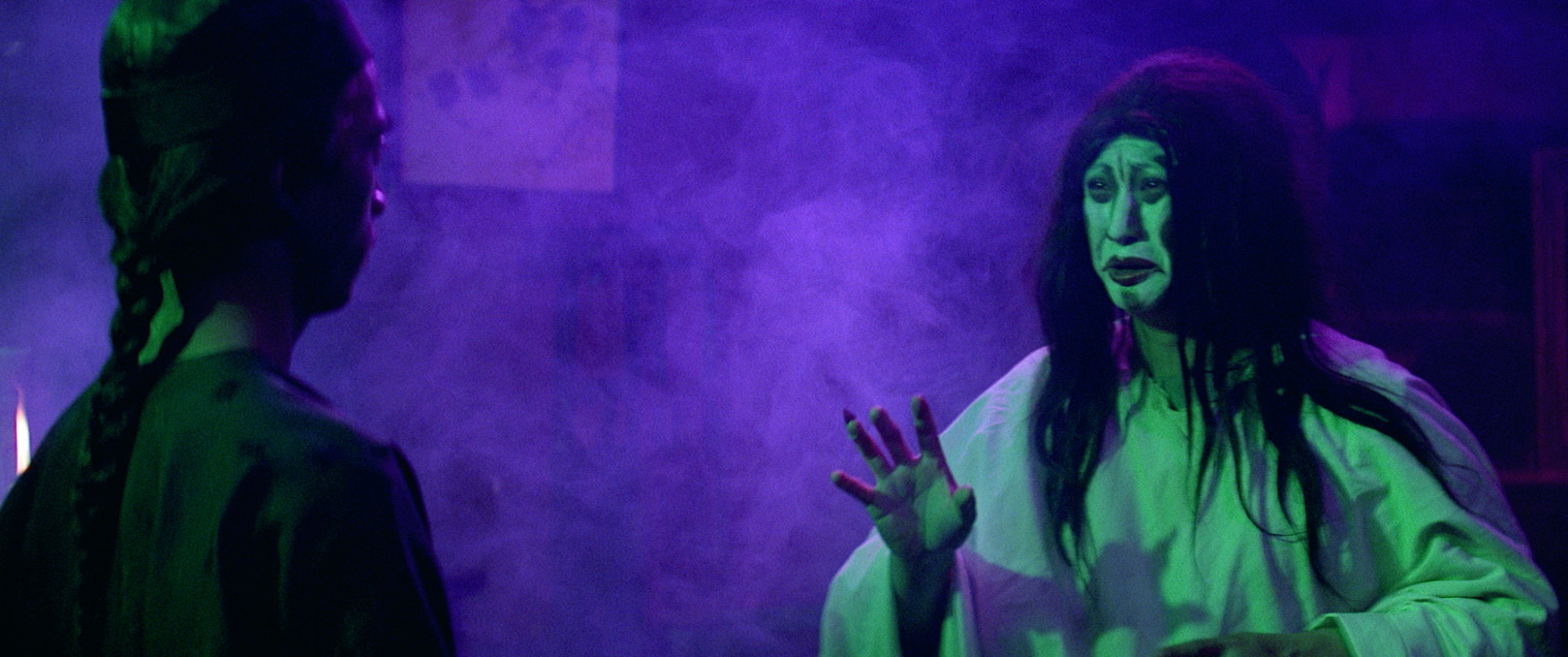
Because he’s not actually fighting as Hung – he’s fighting as Wu Ma, and with a vengeance – there’s an additional ruthlessness and mean-spiritedness to the fight that Hung rarely duplicated later.
When Sammo beats up both Chung Fat and Kwon Yeong-moon, it’s top-quality fighting – a masterclass in editing, rhythm, and expert choreography. Too bad the fight didn’t go on for longer!
In this regular feature series on the best of Hong Kong cinema, we examine the legacy of classic films, re-evaluate the careers of its greatest stars, and revisit some of the lesser-known aspects of the beloved industry.

